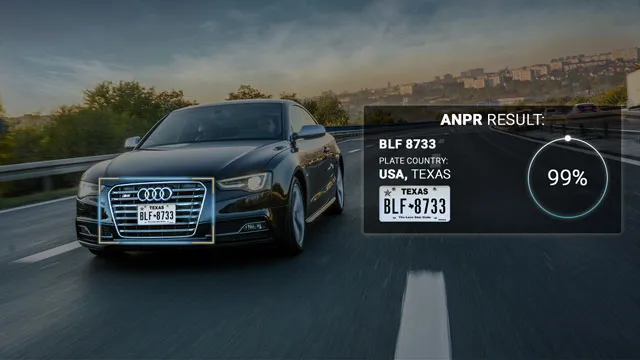
Lidar specialist Outsight has launched a 3D Lidar simulation tool to help customers answer fundamental questions about deployment.
Deciding which and how many Lidars to use, and working out the best locations for them in terms of height, position and orientation, are among the issues the new tool is designed to overcome.
Users can make up their own simulation and environment to choose the best setting for achieving your performance and functionality goals, anticipating performance depending on each set-up and use case. .
Outsight sought feedback on its beta version "from more than 300 early customers from various contexts, applications and countries".
It points out there is no need to install any software - users simply connect to their Outsight Cloud account, or request access if they do not already have one.
Users can browse a list of compatible Lidars and select the right model or combination of models from different manufacturers (e.g. 360º FoV, Narrow Field of View, Dome).
You can find the optimal Lidar coverage by testing different options and coverage levels, establishing the best trade-off between performance, hardware cost and complexity, Outsight says.
It is possible to insert your own scenes as a background by using built-in tools for modifying 3D shapes.








